Creativity in the Classroom
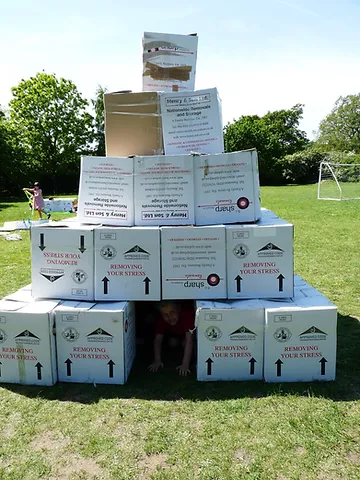
Creativity is such a nebulous and difficult concept to define that it is often simpler to focus on other elements of children’s academic development. Creativity is seen as a means by which a child can succeed at certain tasks but not necessarily as something we can nurture, support and develop in its own right.
One of the problems is that we often take a very narrow view of creativity in the classroom. Writing stories, painting pictures, creating poetry are all exercises involving creativity and some children will engage fully with these activities. Other children will not. Does this mean that some children are creative and some are not? If a child struggles with literacy skills then the whole concept of “pen on paper” expression may be unstimulating or even traumatic. If all our subsequent attempts to inspire creativity in our children follow the same pattern then some children will naturally disengage. This does not mean these children are uncreative, it simply means the imposed restrictions on their creativity are not allowing them to explore their creativity freely. Only the tiniest fraction of creativity is on paper and yet this often becomes the focus. Surely leaping over the crayons in joy is just as much creative expression as using them to draw with?
Creativity is so much more than pen on paper. Creativity is a uniquely human attribute encompassing a wide range of aspects. Imagination, storytelling, problem solving, mathematics, divergent thinking, artistic expression, poetry, music and physical expression could all be considered creativity. What about telling jokes, taking the mickey, clever insults and even mischief? Humans are significantly more creative than any other animal and our brain structure reflects this. We don’t believe, for instance, that a cat is neurologically capable of stalking a mouse and pretending it is a dragon (although it would be fun if they were!). Some animals even have the capacity to use rudimentary tools but no other primate has pretends their stick is a magic wand. Creativity is an innate function of humanity and manifests itself in a fantastically broad spectrum of expression. Creativity existed long before pen and paper.
So why do some children appear more creative in the classroom than others? For some children it is the simple fact that their ways of expressing themselves creatively are not easily accessible in a classroom environment. Jumping over those crayons, for instance, would be frowned upon in most lessons. Loud singing, no matter how beautiful, can be a distraction for other children, especially during a maths lesson. (although singing maths is a really effective teaching method!) Another reason is the overwhelming failure thresholds that some children face when attempting to be creative on an adult’s terms. We ask our children to write a story then stipulate it must contain onomatopoeia or adverbs etc. If we only focus on grammar and spelling regardless of creativity some children will feel they have failed. Naturally we have a remit to make sure children’s literacy develops, but sometimes children need a break from adult imposed failure thresholds in order to be truly creative. We also set up failure thresholds by telling children how something should be. “We are going to make Easter Cards, this is what they should look like.” Many children struggle to reproduce something someone else has created. Consequently, for less confident children, the inevitable unfavourable comparison can ultimately lead to disengagement.
So how do we inspire creativity in all children? Firstly, we need to give children greater freedom of expression with a wider range of materials and less failure thresholds. The key to this is to employ a process focused approach to creativity. This approach focuses not on learning outcomes or end products but on the process of creativity itself. An artist might encourage the children to make a clay pot. Some children, but not all, would be able to achieve this. The process focused approach, however, allows children to explore the clay, without setting an end goal. Children explore, manipulate and create on their terms producing their own unique art without fear of judgment or failure. It can seem counterintuitive to have no specified outcome but for some children this is exactly what they need. I frequently work with groups of children by providing process focused opportunities. I provide a selection of resources but do not impose an end-product or goal. Almost every time a teacher will ask “aren’t you going to tell them what to do?” Within ten minutes those same teachers are saying “I’ve never seen (Daniel, Misha, Jessica etc) so engaged before!”
The most important way in which we inspire creativity is through the most undervalued developmental process in any child’s life which is joy. Joy is a motivator for every aspect of learning and the more joy a child experiences the more they will learn. Perhaps more crucially the more they will want to learn. If we can instil joy in self-expression, children will seek to be more creative. If we crush that joy by constantly prioritising other aspects of learning then the long term effects can be catastrophic.
I recently witnessed a child say to a teacher in an informal moment before the lesson, “You’ll never guess what happened to me last night!” the teacher responded by saying, “Stop! Save it for show and tell!”. That precious, spontaneous moment of self-expression had been effectively inhibited and the child was then expected to “perform” in a context that was far less emotionally secure and could even have caused anxiety. The joy had been removed.
Creativity changes the world. Understanding arithmetic is a useful skill but a creative mathematician solves questions that can fundamentally change how we view the world. Divergent thinkers, people who can think “outside the box” have advanced humanity throughout its 200,000 year history from first storytellers to creating equations that solve the universe itself. From the advent of fire to the world’s greatest innovators, artists, storytellers and inventors, creativity is the spark that has transformed humanity. If we fail in our duty to recognise, support and nurture creativity where is the next generation of creators going to come from?
Article 13 – United Nations Conventions on the Rights of a Child
1. The child shall have the right to freedom of expression; this right shall include freedom to seek, receive and impart information and ideas of all kinds, regardless of frontiers, either orally, in writing or in print, in the form of art, or through any other media of the child’s choice.
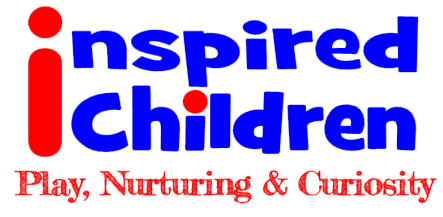

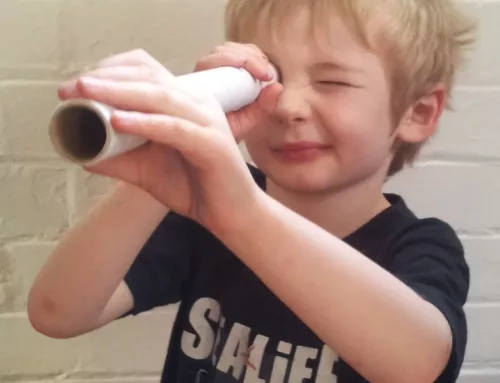
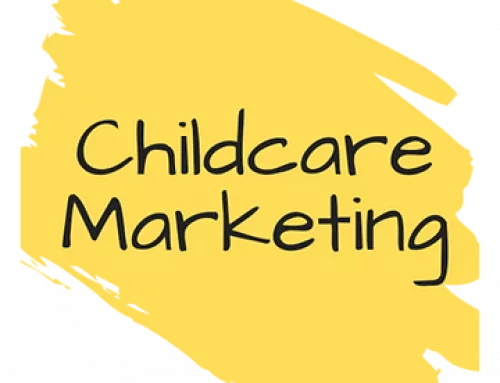
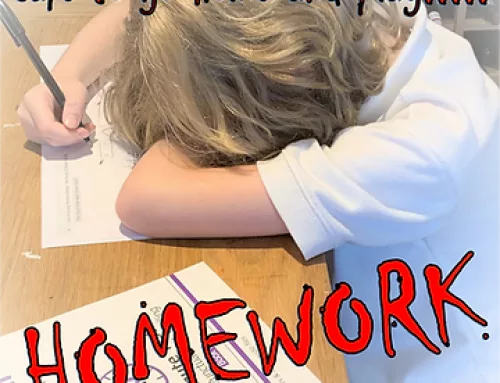
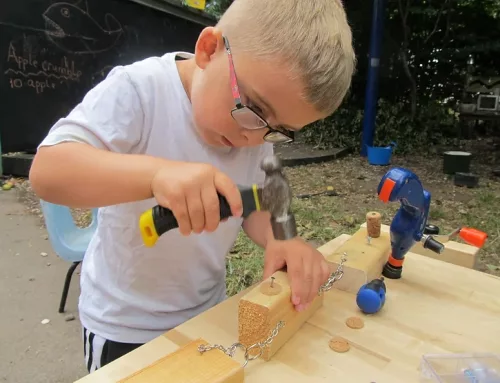
Leave A Comment